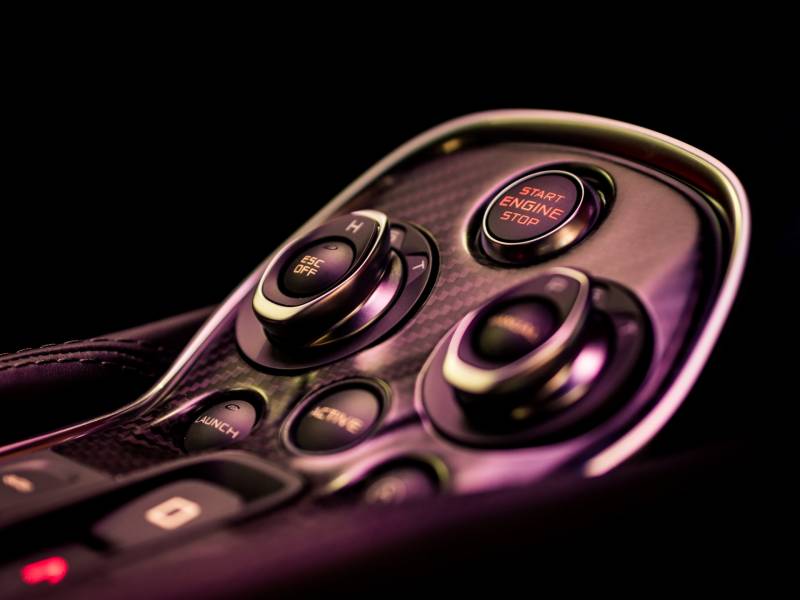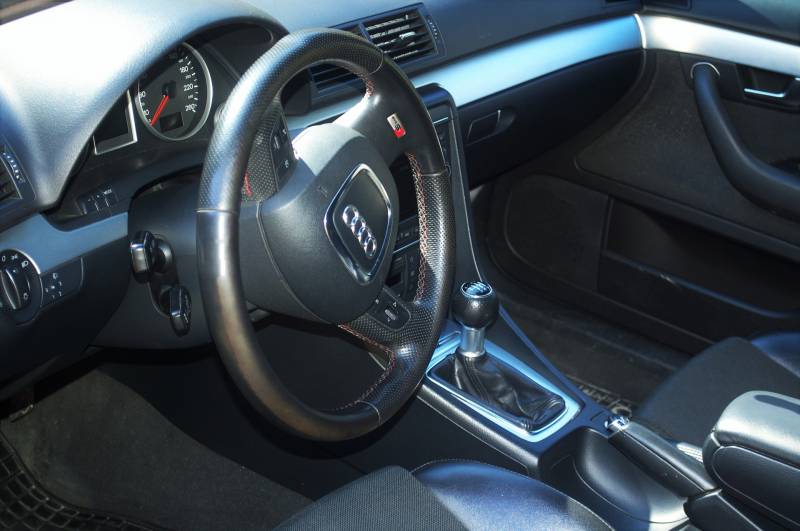Quick Navigation

Automobile experts refer to the motor or engine oil as the blood that keeps your car engine going. For your car to function optimally, you need to schedule it for routine oil changes. Any absence of engine oil in the car system or even an unchanged dirty oil can lead to excessive engine wear or seizure.
When your car runs out of motor oil, the car engine will seize. Driving a vehicle after running out of oil can lead to extreme damages.
Within the vehicle engine system, quick-moving parts are rubbing against each other with likely friction. The engine oil is the grease that keeps parts sliding against one another easily, rather than granulating each other down.
When Your Car Runs Out Of Oil
On the off chance that the engine runs out of oil, it will begin to crush and then seize up, slowing down the vehicle. Your engine will be harmed and perhaps demolished.
With an older model vehicle, you have no way of immediately knowing your car is running out of engine oil. The only way is through physical gauging by opening the bonnet and pulling out the oil gauge to check.
More current vehicles have more analytic devices like an oil pressure sensor unit and dashboard apparatuses that may help recognize low oil circumstances.
How To Start A Car After Running Out Of Engine Oil
Quit Running The Engine
Before your engine stops working, there ought to be a couple of signs that it will or may seize soon.
The two most evident being the “check engine oil light is on” and thumping or clunking sound originating from the engine. It is fitting to quit endeavoring to start your vehicle when you notice these sounds.
When the oil level is low, your engine will experience overheating, some parts will melt, and the bearing, in the end, gets harmed.
A continuous attempt to get the car to start means forcing the engine to run. These attempts lead to further damage to the machine already lacking oil. Your best decision at that moment is to stop trying to force the engine to run.
Confirm You Indeed Ran Out Of Oil
When you have confirmed that your car ran out of oil, then you need to understand you have a more serious issue inside. The oil greases up the engine segments that need to turn or move. Without oil, they seize up. To check whether it even starts.
Top it up with oil and check whether it even turns over. Allow it to run and afterward shut it off and chill it off.
This may be all you need to do in some instances, and your car will get back on the road. Even if this is the case, we recommend getting your vehicle to the mechanic shop for a proper evaluation, including checking for leakages and your engine oil quality.

Drain The Oil Channel
Drain the oil and check for metal particles and decide whether it is sufficient for severe damage. If there are no particles in the oil, top it off and, at that point, discover why it’s low and repair the holes, if any.
At this point, it is already getting severe, and you need the expertise of an automobile expert to carry out this process. That is because it may involve the next procedures we will be discussing.
Take Out The Spark Plugs And Fuse For The Oil Pump.
You can start your car after running out of oil by taking out the cylinder sparkle plugs. Fill every cylinder with engine oil and stand by a few days. You would then be able to attempt to start the engine with a breaker bar.
The consequences of that effort will decide whether you must revamp or replace the engine or fix it.
Note that in some instances, after a few hours of this process, you may be able to start your car again instead of waiting for days. While in other cases, you may need to go through all the different processes we have mentioned.
Turn The Crankshaft
Use a 1/2-inch drive breaker bar and right socket on harmonic balancer jolt to turn the crankshaft clockwise for a couple of rotations. You may need to use a cheater pipe on the breaker bar for increased leverage to break free the seized engine.
Crank The Engine
Wrench engine over for ten seconds while sparkle plugs still uninstalled and fuel pump not set up. This is to get the oil circled through the engine while parts are carrying the minimum load possible.
Reinstall The Fuel Fuse And The Spark Plugs
When you have been able to crank the engine, you can safely put the spark plugs and the fuel pump back and ready for the next phase.
Insert Your Key For Fuel Circulation
Insert your key into the ignition for a few seconds but not yet in the start position. Try this process 3-5 times to enable proper fuel circulation. Then turn the key to the off position.
Start The Engine And Listen
Start the engine without engaging it and let it run while listening for any rod-knocking or clanking noise from the engine.
Listen More And Test Drive
Allow your engine to run in an idle position for about 10 to 20 seconds. If there is no clanking noise from the engine, allow it to run a little longer, this time for 10 to 20 minutes. This waiting time allows the fuel and engine oil to circulate appropriately before engaging the engine and putting it to work again.
If, after 20 minutes of running the engine, you still did not get any knocking noise from the engine, then it is time to take it out for a spin.
Extend The Life Of Your Engine
Possessing a vehicle is an immense obligation. Elite machines require regular attention and upkeep keeping up the engine. The recommended miles for oil and filter change are 3,000 to 5,000 miles.
Merely keeping up the oil in your vehicle can help broaden your engine’s life. While there are a few other significant intentions for keeping up your engine, oil levels can contrast between requiring a couple of fixes and requiring a total engine substitution.
The inability to stay aware of your oil can prompt inner damages. The most challenging issue is your engine not running due to insufficient oil.
There are solutions to get your car running again if it stops due to oil running out, and we have shared some points above.

With comprehensive experience in writing exceptional quality articles and blogs about cars and related stuff, Daniel is one of the finest bloggers and a hardcore car lover we have. He is an ASE certified technician with an across-the-board experience of 10 years in the industry. He could not help tinkering with anything he got his hands on from a young age, which led to his remarkable career in the automotive repair industry.
When he is not under any hood, you can find him on the water or in the woods to pursue his passion for hunting and fishing. He has been writing for multiple sectors and is a regular contributor to several publications.
He currently owns a Nissan 300ZX TT and a Pearl Yellow but plans to upgrade it to 550 HP. His favorites include the Koenigsegg CCX and Lamborghini Diablo 6.0 VT, but for him, the Ferrari 360 Spider is one of the sexiest cars that exists to date.
Being an avid world traveler, he has spent most of his time analyzing the automotive markets, latest technology, and local favorites to enhance his knowledge base. He is currently living in North Caroline, where it’s all about food and coffee and, of course, cars.

![How to Make Car Coasters [Step-by-step Guide] How to Make Car Coasters [Step-by-step Guide]](https://carsupercare.com/wp-content/uploads/2022/11/How-to-Make-Car-Coasters-Full-Guide-150x150.jpg)




